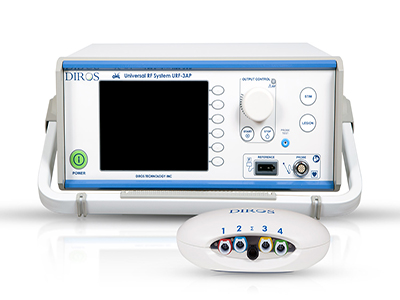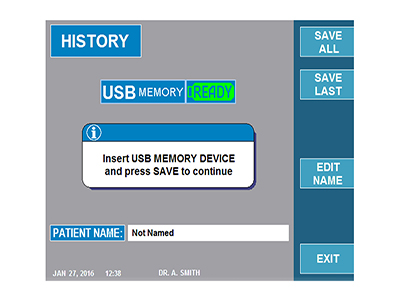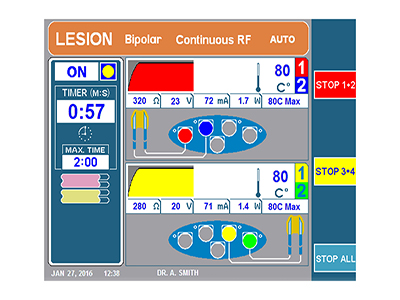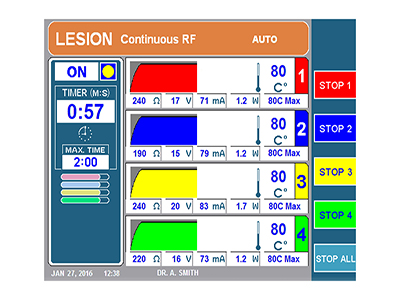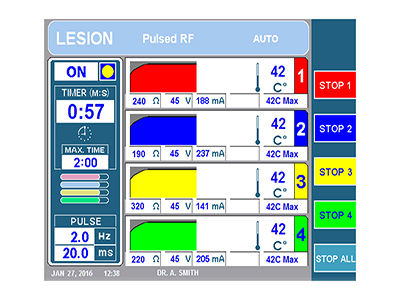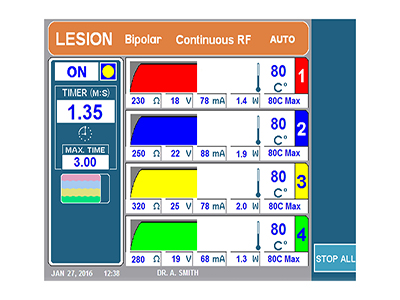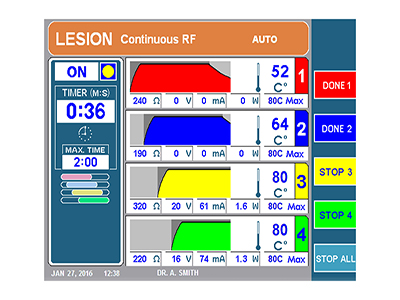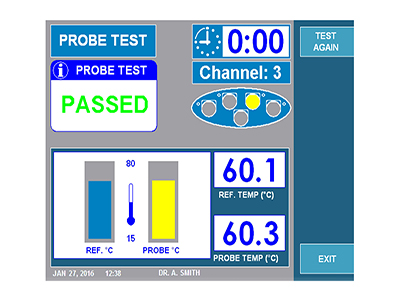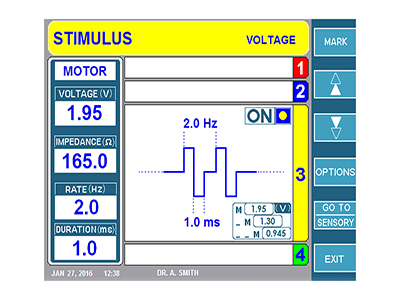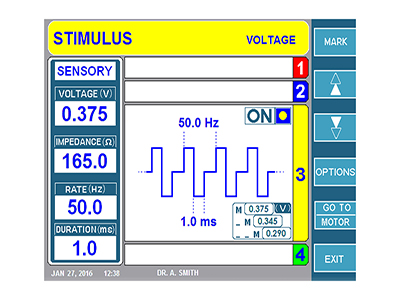One of the challenges is treating back pain is the many possible sources of the pain. Pain in the low back or buttock may arise from muscle, intervertebral disc, facet joints, sacroiliac joints, o ligaments. In 1911, Goldthwait recognized the facet joint as a potential source of pain. Rees in 1971 first reported on surgical facet joint denervation by the passage of a tentomy blade to the inter transverse ligament to section branches of the posterior primary ramus. In 1974, Shealy introduced percutaneous radiofrequency facet joint denervation but his results were compromised by the use of an incorrect target location, distant from the now accepted target of the medical branch of the posterior primary ramus as it courses I the groove formed by the junction of the transverse process and superior articular process.
There is no radiographic or physical examination that can unequivocally identify a facet joint as the source of pain. However, a specific diagnostic test that has evolved is the assessment of the location and duration of pain relief following an anesthetic block of the medical branch nerve. A result that is predictive of successful RF ablation of the medical branch is about 70 to 80% pain relief lasting the expected duration of the anesthetic agent.
The advences in digital fluoroscopy and mobile C-arm technology have greatly enhanced the ability to perform these RF procedures with precision and safety. The procedures can be performed on an outpatient basis under local anesthesia and when necessary, under conscious sedation. In addition, the use of ultrasonic imaging as a guidance technique is being explored, but at present a limitation of this modality is the depth of structures that must be visualized the lumbar area.




